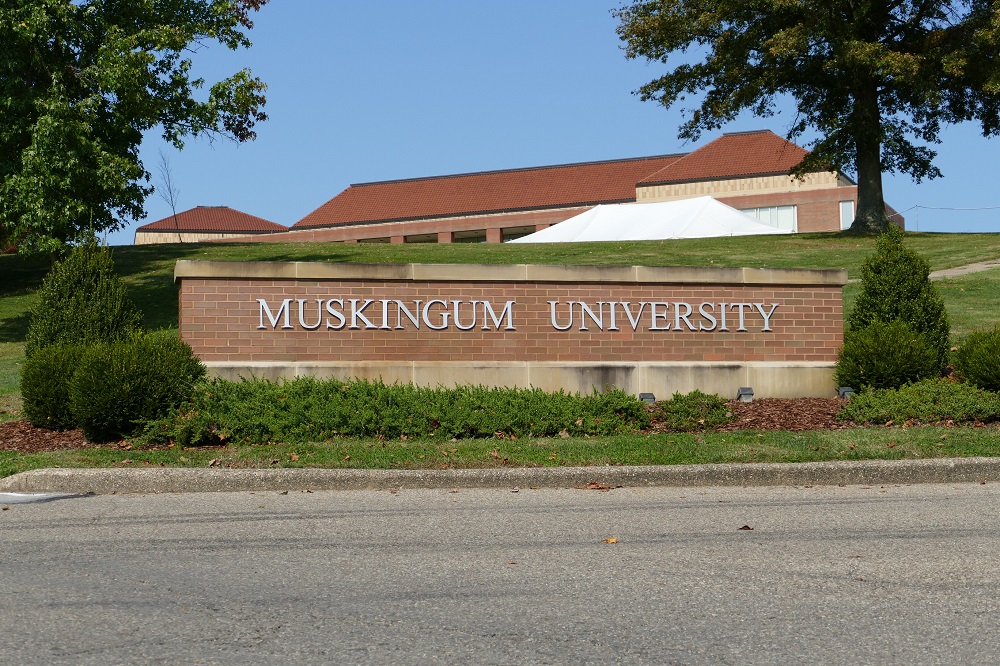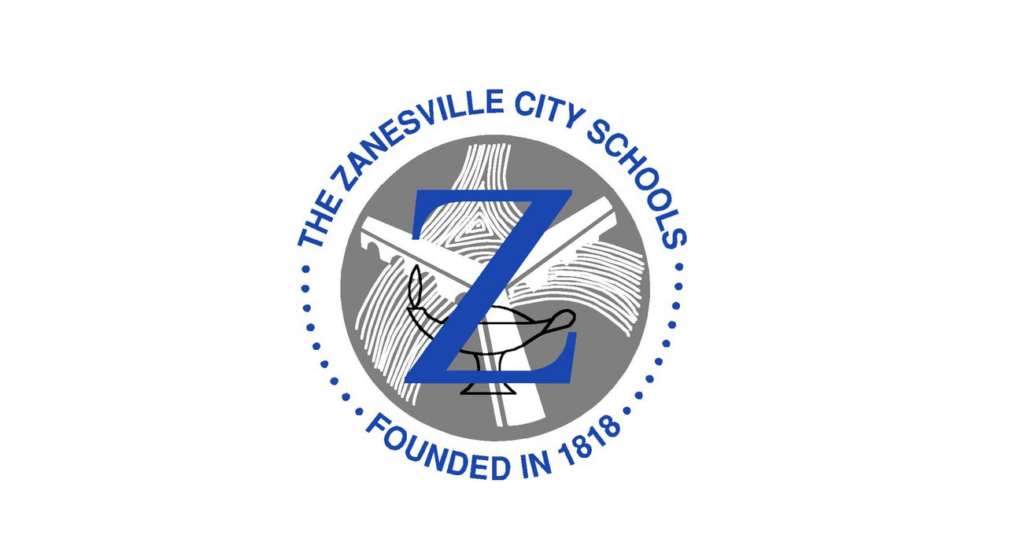Appalachian Regional Commission Invests Over $11 Million Toward Area Workforce Development

NEW CONCORD, Ohio – Over the past few decades, Ohio’s workforce requirements have experienced significant advancements, while its workforce development and infrastructure needs have lagged behind, especially in Ohio’s Appalachian Region.
The Governor’s Office of Appalachia recently announced that more than $11 Million Dollars in funding has been directed toward 11 projects, which support Ohio communities that no longer have the coal industry as a significant source of stability.
Muskingum University was one of the grant recipients and Associate Vice-President of Graduate and Continuing Studies Bonnie Callahan as well as Chair of the Division of Natural Applied and Health Sciences Paul Szalay explained how they using their portion of the grant monies to coordinate local education and training programs toward equipping employees with skill sets tailored to the requests of area employers.
“Our focus is going to be on educational pathway development,” Callahan said. “And we’re looking at 6 areas of education: childcare, conservation and environment science, computer science and technology, engineering, healthcare, and hospitality and ecotourism. And we really looked throughout the southeastern Ohio region and we’re partnering with both technical and career centers as well as community colleges.”
The previous decades have witnessed drastic changes in what drives the economic engine in Ohio, from an industrial based workforce to one that is more educated and tech dependent.
The Appalachian Regional Commission’s funding supports communities that have fallen behind by addressing a wide range of needs. Muskingum’s project is aimed at providing employees of all ages the opportunity to obtain skill sets that best contribute to the local economy.
“I would say that one of the really, I think potentially powerful impacts of this collaboration is we’re looking at educational opportunities across the whole spectrum,” Szalay said. “So what we really want to do is put together a range of different credentials and degree options that spans the continuum of learners in this region. So that people can figure out really what’s the best fit for them. You know what would be sort of what is the best interest to them and the most directly beneficial in terms of where they would like to sort of enter the workforce.”
When a major employer vacates a community, they usually leave a void that requires employees to relocate or adapt by developing a more diverse or completely different skill set and this grant offers opportunities for families to remain close.




